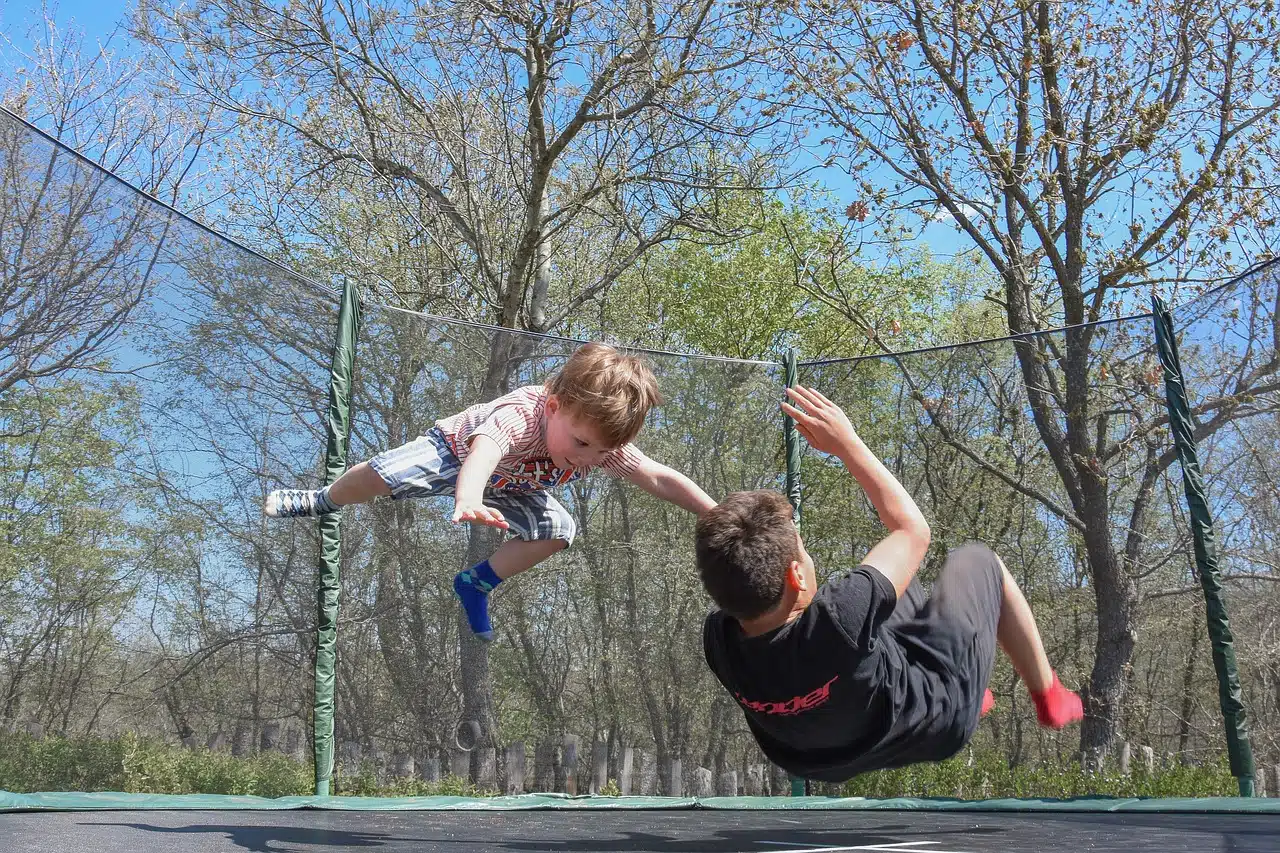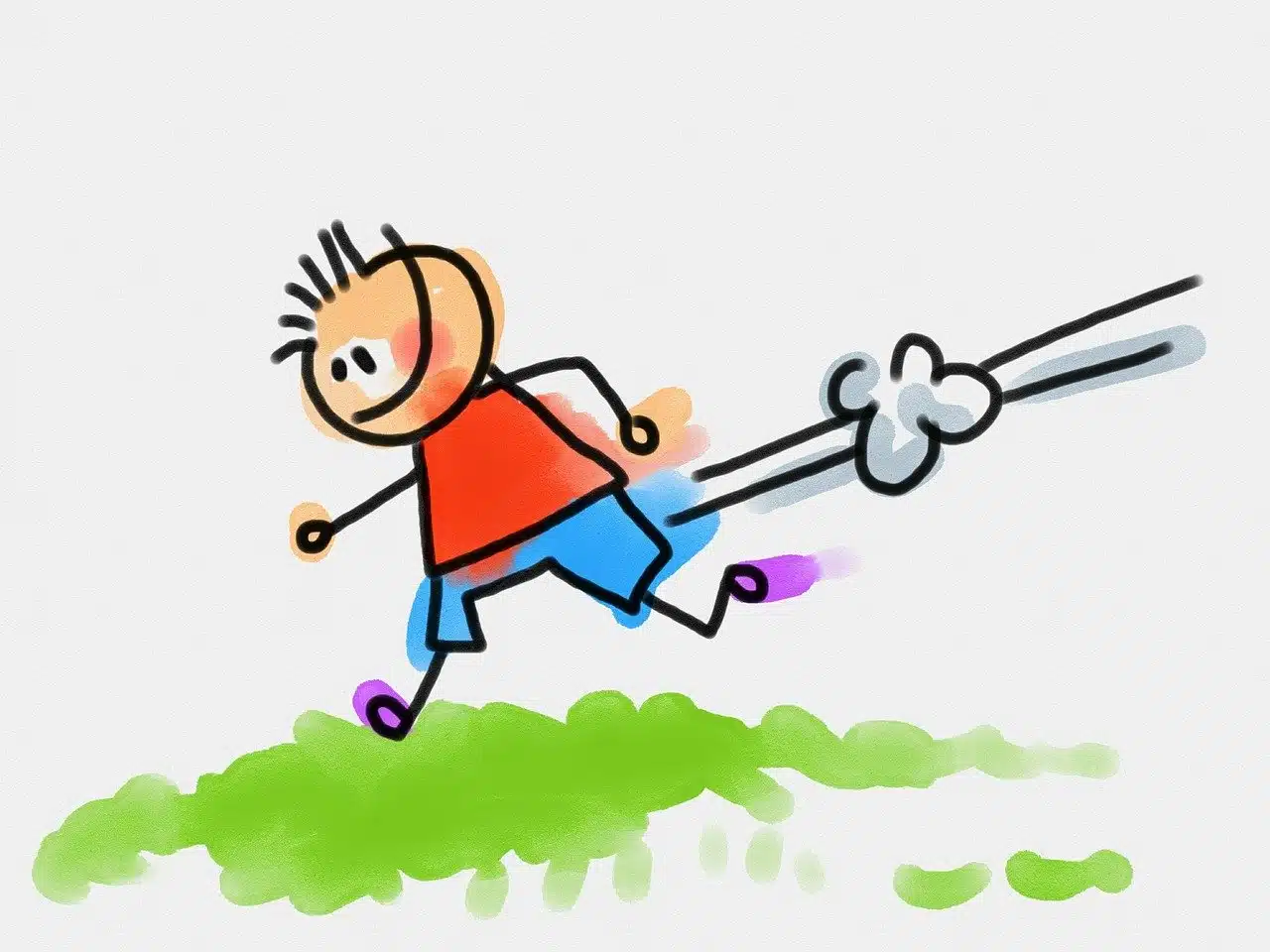
Hyperactivity is a childhood behavioral disorder.
Hyperactivity is a behavior that is characterized by excessive and unusual activity . It is a childhood behavioral disorder that causes the child to not be able to sit still.
Some examples where the term appears: «This boy's hyperactivity is a punishment for his babysitter» , «The pediatrician recommended that I take Martín to play sports to keep his hyperactivity under control» , «As a child I was characterized by hyperactivity: I never He remained seated for more than ten minutes .
Characteristics of hyperactivity
This disorder not only afflicts the child during the hours in which he is awake, but also during the sleep stage, keeping him in permanent activity . The symptoms of this behavioral disorder that affects many children include everything from climbing on furniture to running non-stop, through the widest range of movements.
Hyperactive children have a lot of energy , so their parents have to find a way so that this energy can be channeled and exploited in a way that is beneficial to the child.
Hyperactivity originates from neurobiological factors , in which genetics has a great impact. That is why your treatment may include the administration of drugs.

The child with hyperactivity cannot sit still, counting on excessive energy.
The symptoms
This disorder was first described in 1902 by George Still . The specialist expressed that those children who suffer from it have developed very intense motor activity and that is why they need to be in constant movement . In turn, when they are surrounded by other people, their hyperactivity increases, especially when they are strangers or individuals whom they do not see frequently. Even when alone, the pace of activity decreases considerably.
The same author clearly described the profile of a hyperactive child and highlighted the importance of helping them because this rhythm of life (which is not voluntary) can be highly harmful to them.
According to the specialist, these children show a destructive attitude and do not become sensitive through punishments; on the contrary, they seem to become more restless and unstable. Furthermore, they are creatures who are very difficult to educate, because it is very difficult for them to stay thinking or doing the same thing for a long time; They have a normal IQ , but they do not seem to be able to perform according to it (to the restlessness reflected in their movements, impulse behaviors and emotional imbalances, we must add that these people are easily distracted).
On the other hand, they have a very low margin of tolerance towards frustrations, which leads them to become stubborn and persistent to achieve their goals no matter what. Regarding their moods , they usually go from moments of intense joy to uncontrolled crying, showing a very fluctuating emotional imbalance .
Stages of hyperactivity disorder
Still divided this disorder into several stages, where each one is characterized by showing particular attitudes:
- From 0 to 2 years : Problems may be noticed in the sleep rhythm and while the child is feeding. Startles, resistance to normal care, irritability, etc.
- From 2 to 3 years old : Difficulties expressing themselves , excessive activity and little awareness of dangerous situations, they usually suffer numerous accidents.
- From 4 to 5 years : They show clear difficulties in adapting to a group , they systematically disobey and have difficulties respecting limits.
- From 6 years onwards : They present great impulsivity and learning problems caused by attention deficit . They also show problems relating.
The treatments
Treatment for hyperactivity depends on each individual situation; there are cases that are more complex than others, and only in extreme cases are stimulants and other types of pharmacological supplements used to help the child concentrate better. Above all, it is recommended that children with hyperactivity be supervised through psychotherapeutic treatment that helps them improve not only in their concentration but also in their dealings with other people, in order to provide them with a better life. healthier. There are also other types of cognitively oriented treatments, which seek to recover in the child the desire to learn and to dedicate themselves to something with special attention, and improve their communication with the environment.
Finally, it is important to highlight that hyperactivity causes learning problems and is linked to various psychological disorders , such as the development of phobias , self-esteem problems, chronic anxiety or even depression . For all this, it is essential that hyperactive children receive adequate treatment to channel energy correctly.
